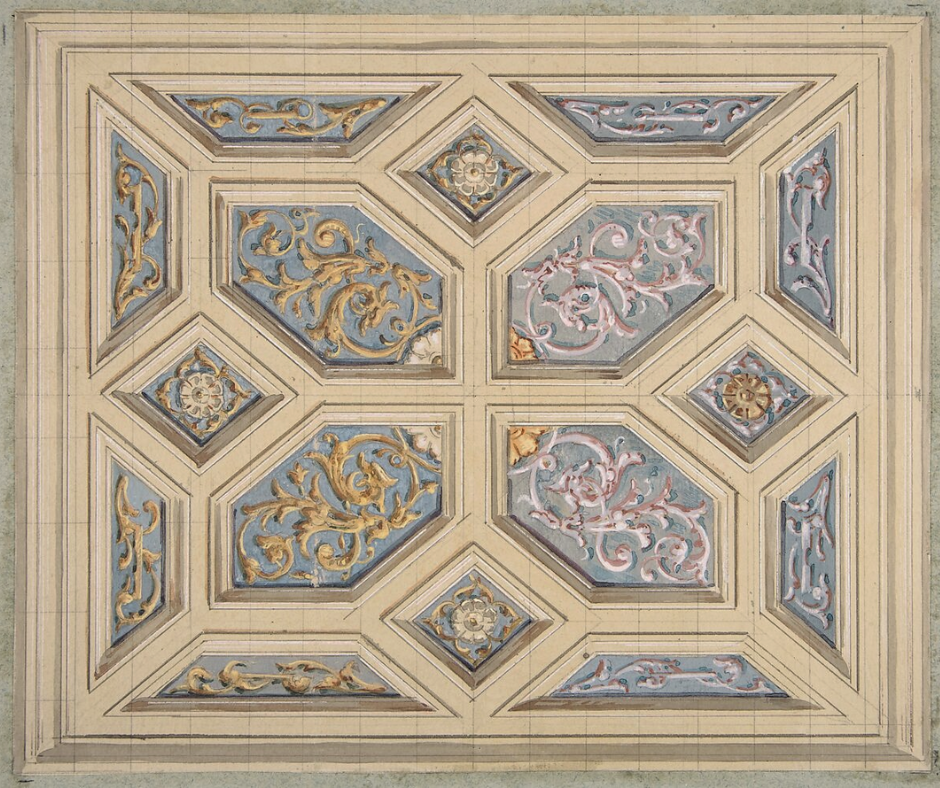
12 Designers Who Were Also Architects
Summary
Reflection Questions
Journal Prompt
Interior design and architecture are two closely related fields that often intersect—with the design of a space extending far beyond the structure’s outer shell. The designers who excel in both domains bring a unique perspective to the table, and their contributions to the world of design have been nothing short of groundbreaking. In this article, we will look into the fascinating world of twelve designers who were also architects—exploring their biographies, their most famous works, and the enduring impact they’ve had on the design landscape.
Historical Intersection of Design and Architecture
The intertwining of design and architecture has a rich historical precedent. Throughout the ages, these disciplines have often overlapped—giving rise to some of the most iconic and enduring creations in the built environment.
From the grandeur of the Palace of Versailles to the minimalist beauty of the Bauhaus school, architectural movements have consistently incorporated interior and furniture design into their philosophies. It’s a testament to the idea that the structure is only the beginning, and the real magic lies within the spaces we create.
As design and architecture evolved over the centuries, a select group of visionaries emerged. These individuals weren’t content with specializing in just one facet of the design world. They excelled in both, and in doing so, they revolutionized our understanding of how structures and spaces can be experienced.
The Unique Advantage of Dual Expertise
Architects who possess expertise in interior and furniture design bring a holistic perspective to every project they undertake. They understand that a building is more than just walls and a roof. It’s a living, breathing entity that needs to accommodate and inspire those who inhabit it. Their dual expertise enables them to bridge the gap between the structural and aesthetic components of an interior design scheme—ensuring that form and function coexist harmoniously.
Consider the value of an architect who not only designs a beautiful building but also curates its interior spaces—carefully selecting furnishings and finishes that enhance the overall ambiance. This holistic approach ensures that the final product is not just a building but an immersive experience.
Furthermore, architects with a background in furniture design have a keen sense of how pieces interact with the spaces they occupy. They can create custom furniture that complements a building’s design—ensuring a seamless connection between the interior and the architecture.
Profiles of 12 Interior and Furniture Designers Who Were Also Architects
Now, let’s peer into the lives and work of twelve individuals—like Frank Llyod Wright, Alvar Aalto, and others—who have left an indelible mark on the world of design through their dual expertise in architecture and interior/furniture design.
Frank Lloyd Wright

Frank Lloyd Wright (1867-1959) was an iconic American architect known for pioneering ‘organic architecture’—emphasizing harmony between human habitation and the natural world. His career traversed seven decades—during which he designed over 1,000 structures, of which 532 were built.
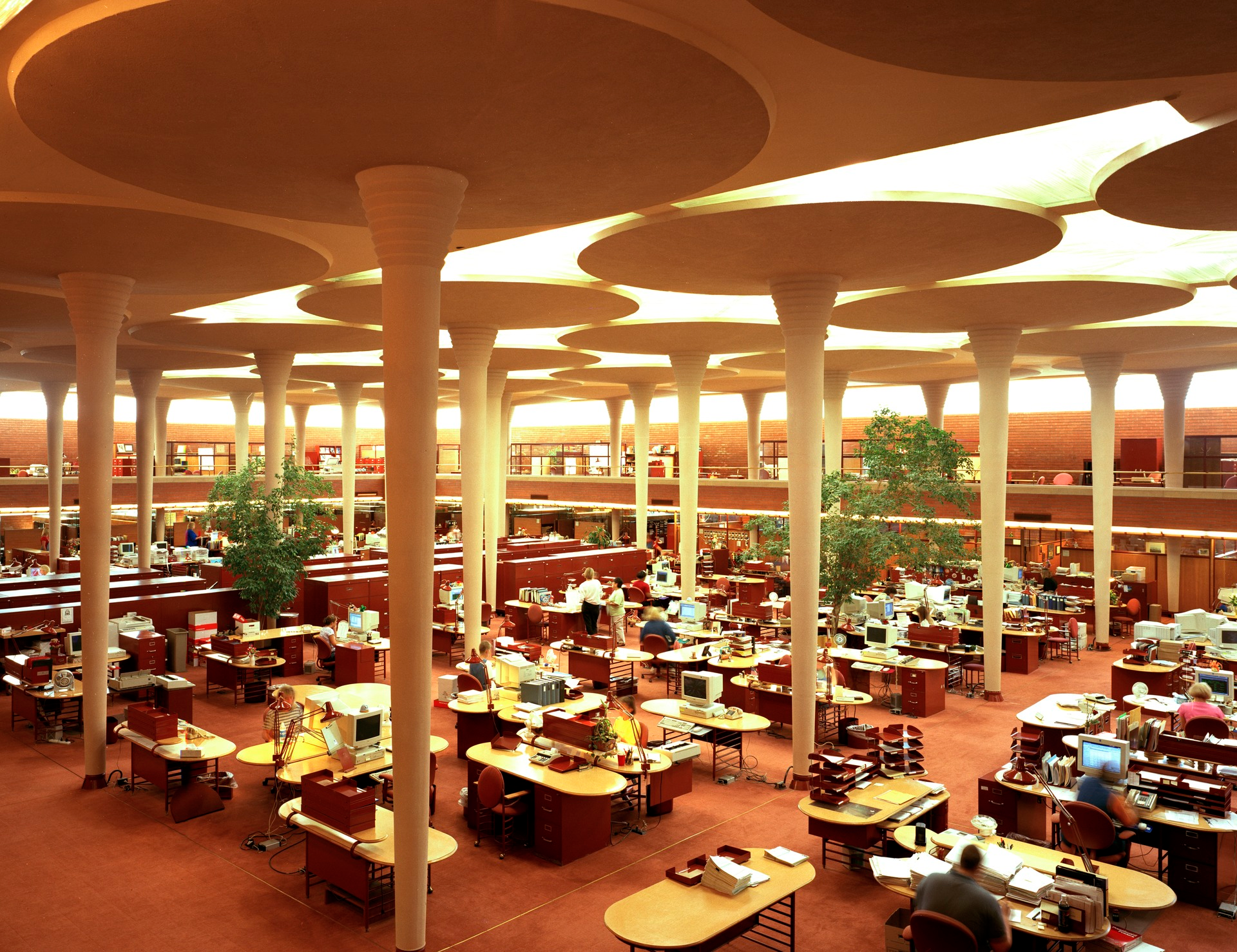
Wright’s dual expertise extended to designing interiors, furniture, and lighting fixtures for his projects—ensuring a holistic approach. Some of his renowned works include Fallingwater, the Guggenheim Museum, and Unity Temple. Notably, he also created distinctive Frank Lloyd Wright furniture—such as the Barrel Chair and Taliesin Lamp—leaving a lasting impact on architecture and design. He designed tables, dining tables, chairs, and many interesting pieces.
Le Corbusier (Charles-Édouard Jeanneret-Gris)
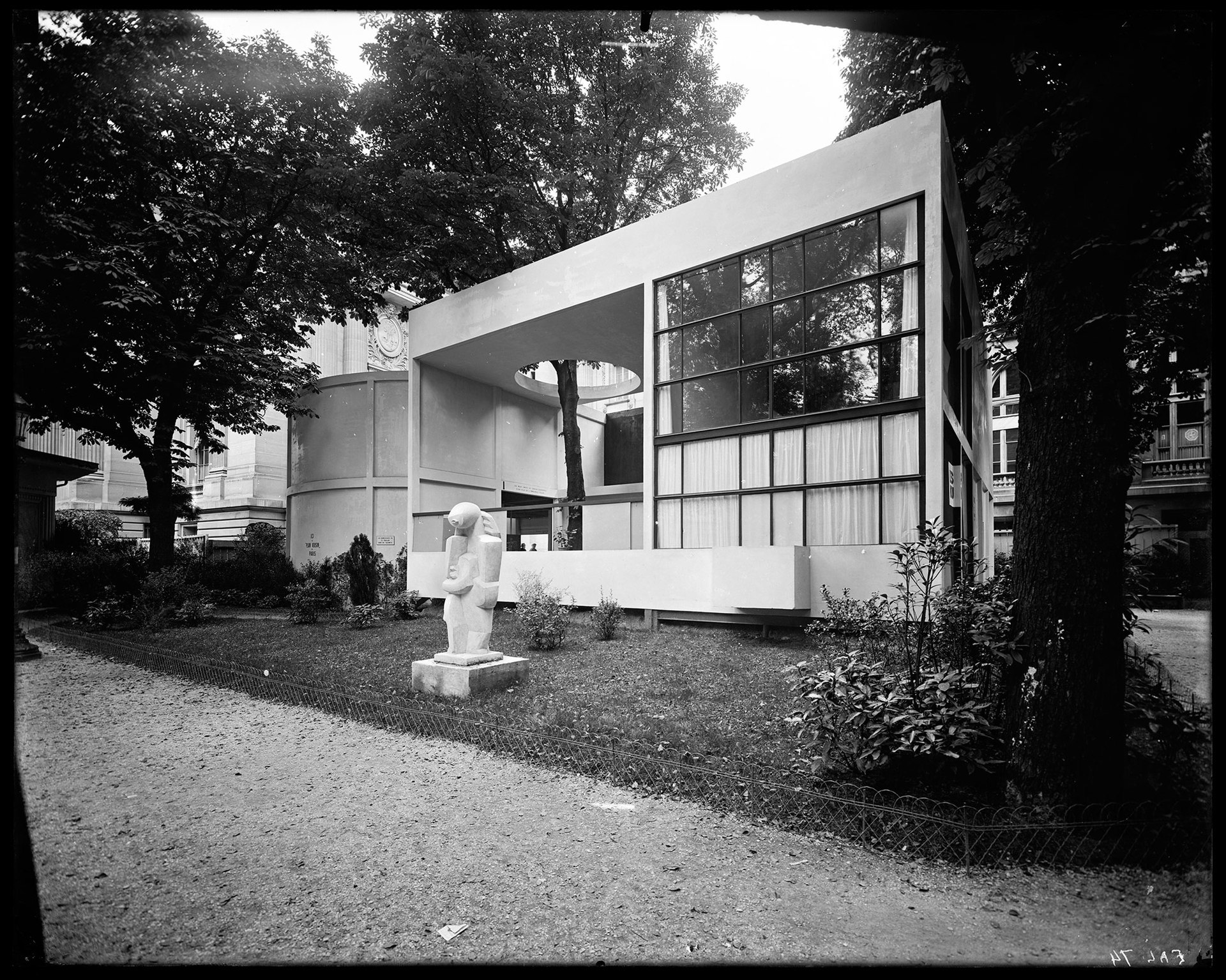
Charles-Édouard Jeanneret—better known as Le Corbusier (1887-1965)—was a pioneering figure in modern architecture and a leader of the International Style. Self-taught and quite a visionary, he believed in the functional beauty of design. Le Corbusier is renowned for designing iconic structures like Villa Savoye, Notre Dame du Haut, and the Unité d’Habitation. He also made substantial contributions to urban planning—as seen in Chandigarh, India.
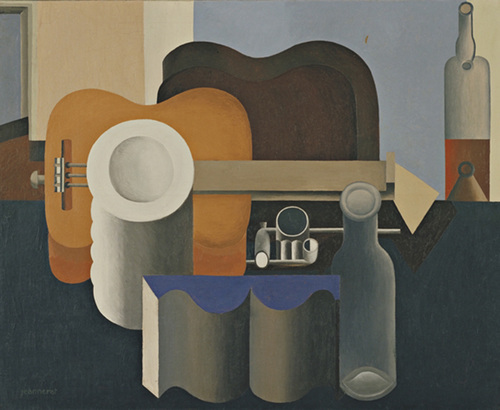
Le Corbusier’s creative genius extended to furniture design—with his famous LC2 chair and LC5 chaise longue remaining popular today. His emphasis on purity of form and the use of reinforced concrete left an enduring legacy in architecture and design—influencing generations of creators. Beyond the chairs and public buildings designed by Le Corbusier, he was also a talented painter.
Charles and Ray Eames

Charles and Ray Eames were an iconic husband-and-wife team celebrated for their groundbreaking work in architecture, industrial design, furniture design, and the photographic arts. They united their talents in 1941 and created design marvels. They’re renowned for mid-century modern furniture crafted from innovative materials like molded plywood, fiberglass, and metal wire.
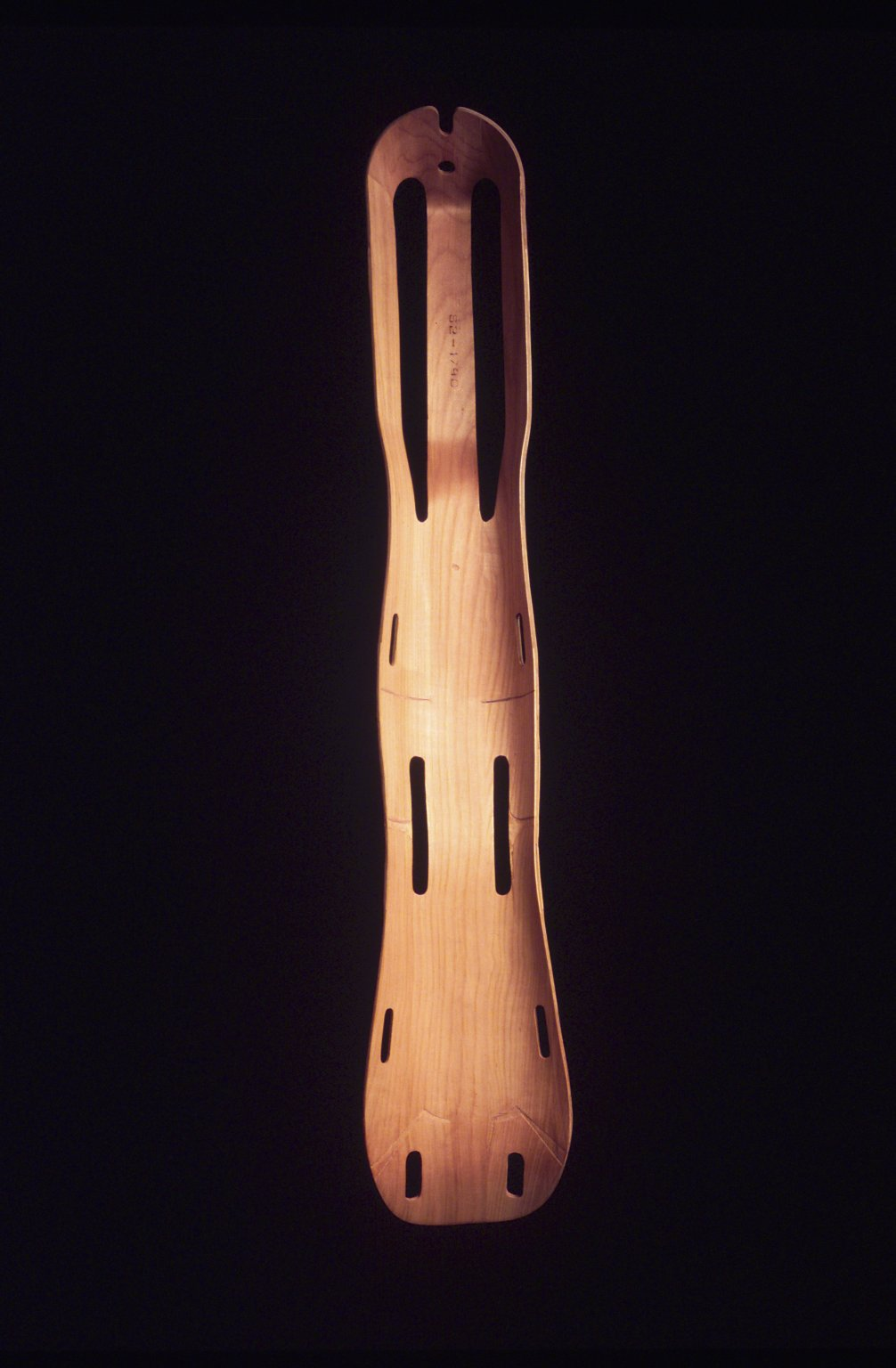
Their notable projects include the ESU storage unit, their Pacific Palisades house, and the influential “Glimpses of the USA” presentation during the Cold War. The couple also designed leg splints and other elements for soldiers during World War II. Their multifaceted contributions continue to shape design thinking and inspire creators worldwide.
Alvar Aalto

Alvar Aalto—the influential architect, designer, and town planner from Finland—was a key figure in modernism. He deftly combined a respect for materials, organic forms, and local references in his work. Aalto’s designs emphasized the psychological and sensual aspects of architecture—using color, lighting, and materials like wood to create an engaging experience.
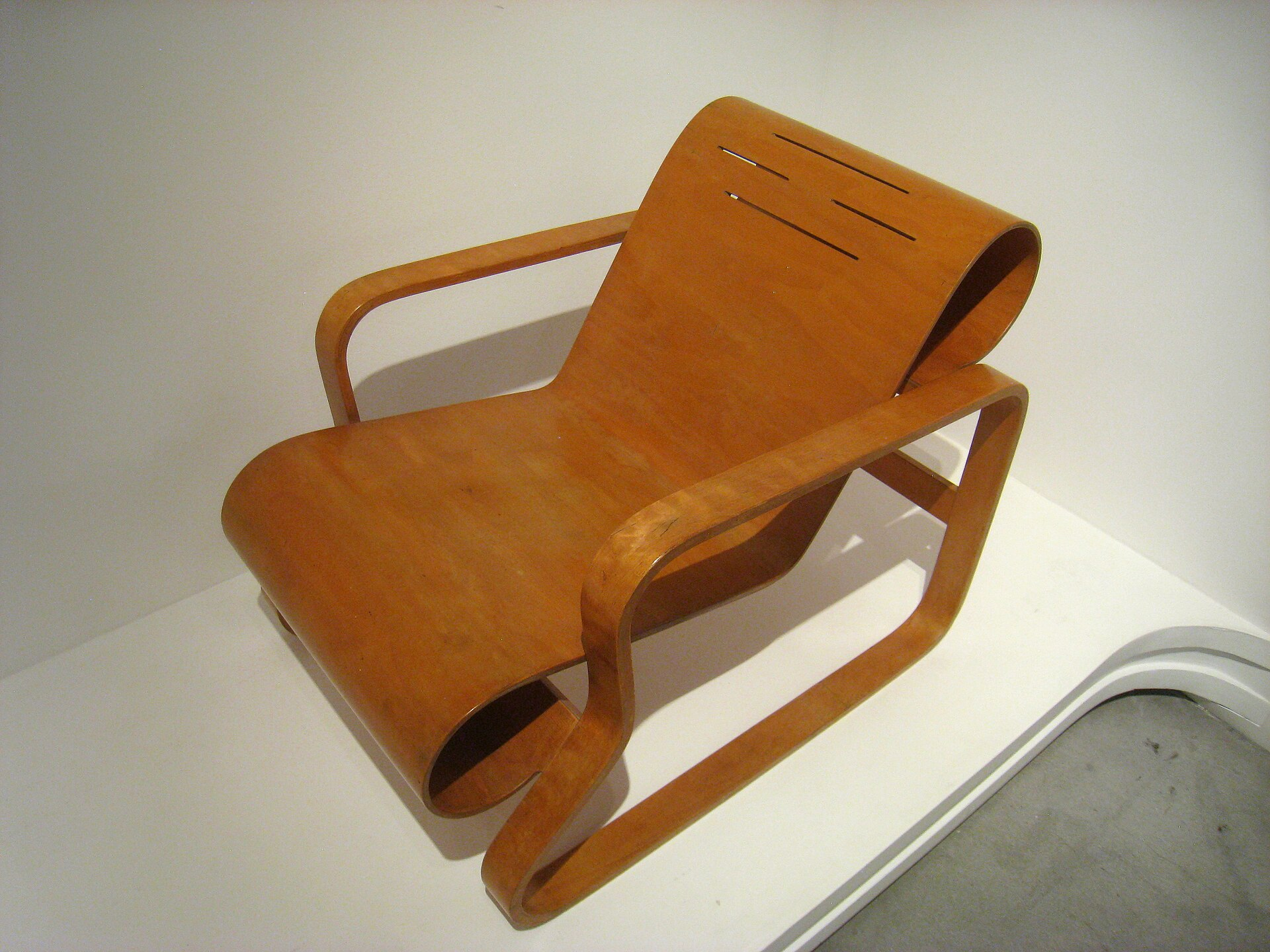
Notable projects of Alvar Alto include the Paimio Tuberculosis Sanatorium and the Viipuri City Library. Aalto’s furniture designs—including the iconic Paimio chair – reflect his commitment to both practicality and aesthetics. His modernism work showcased an innovative use of wood, and he continued to design furnishings that are still in production today through Artek—a company co-founded by Alvar Aalto.
Eileen Gray
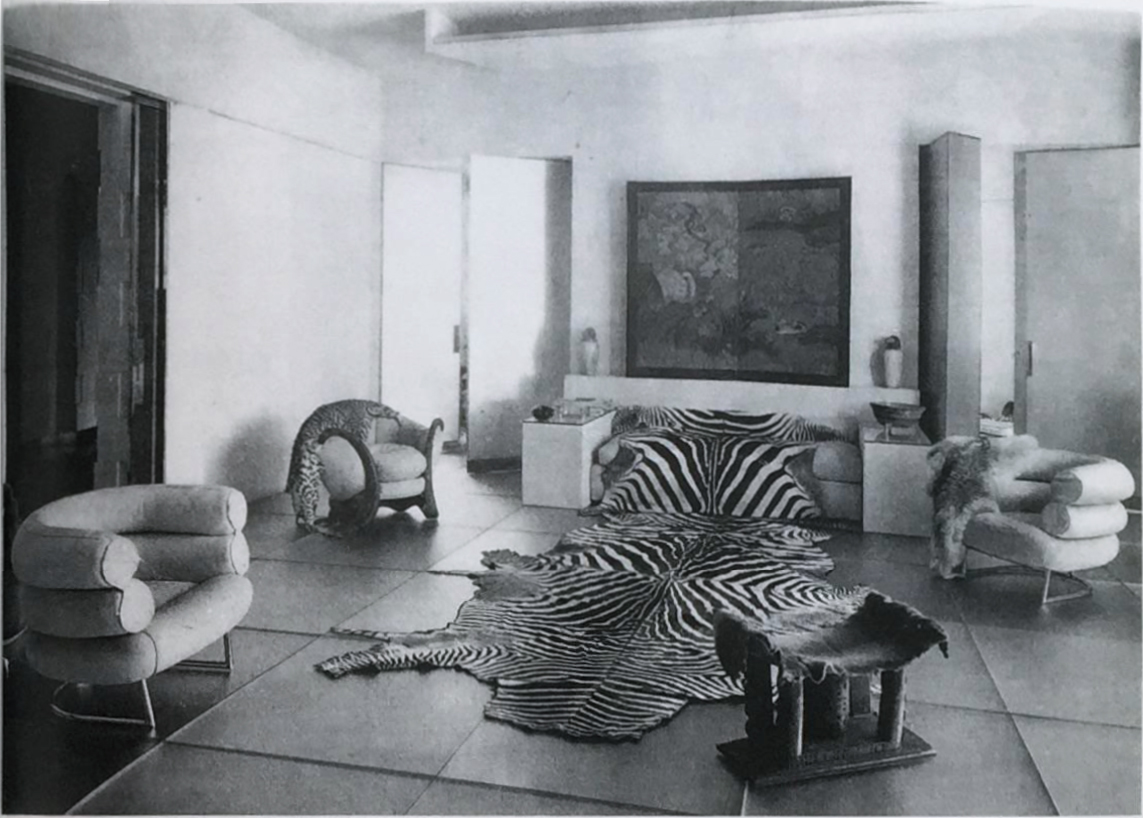
Eileen Gray—an Irish-born architect and furniture designer—became a modernist pioneer renowned for her groundbreaking work in the early 20th century. Her innovative designs focused on both functionality and aesthetics. Born in 1878, she initially studied fine art at the Slade School of Fine Art and later became captivated by Japanese lacquerware—fusing it with geometric principles.
Gray ventured into business, opening the Galerie Jean Désert—a shop in Paris—demonstrating her pioneering spirit as a female entrepreneur. In her late 40s, she transitioned to architecture—designing the iconic Villa E-1027 in France without formal training. Her innovative approach and work continue to influence modernism design.
Ludwig Mies van der Rohe

Ludwig Mies van der Rohe was a revolutionary architect—a leading figure in modernist architecture. Known for his famous statements like ‘less is more’ and ‘God is in the details,’ he played a substantial role in defining the International Style of architecture. Born as Maria Ludwig Michael Mies in Germany, he gained recognition for his innovative designs like the Barcelona Pavilion—completed in 1929—featuring the iconic Barcelona Chair.
Other notable projects include Villa Tugendhat in Brno (1930), the Farnsworth House near Plano, Illinois (completed in 1951), Crown Hall at the Illinois Institute of Technology (1956), and the Seagram Building in New York City (1958). From the chairs designed by van der Rohe to the public buildings he created, his work revolutionized modern architecture and design.
Philip Johnson

Johnson was an American architect and critic. He played a pivotal role in defining both the International Style and postmodernist architecture. He majored in philosophy at Harvard University and later became the director of the Department of Architecture at the Museum of Modern Art (MoMA). Johnson’s career was marked by his collaboration with architecture experts such as Ludwig Mies van der Rohe—with whom he worked on the Seagram Building in New York City.
He designed iconic structures like the Glass House (1949)—known for its minimalist aesthetic and large glass panels. Johnson’s work evolved—embracing historical allusions and curvilinear forms. His contributions to architecture earned him prestigious awards—including the first Pritzker Architecture Prize in 1979.
Arne Jacobsen

Arne Jacobsen—a Danish architect and furniture designer known for Nordic classicism—was a pioneer of architectural functionalism. Born in 1902 in Copenhagen, his rebellious spirit was evident early on when he painted his bedroom entirely white, a departure from the fashion of his time. Jacobsen’s influence extended globally—shaping Danish design for over half of the 20th century. He left his mark on projects ranging from the grand Denmark National Bank building to small details like cutlery and teaspoons.
His meticulous attention to detail—coupled with his ability to bring his visions to life through hand-painted watercolor sketches and paintings—set him apart for his Nordic classicism. Jacobsen’s prolific career continues to inspire architects and designers worldwide.
Gio Ponti
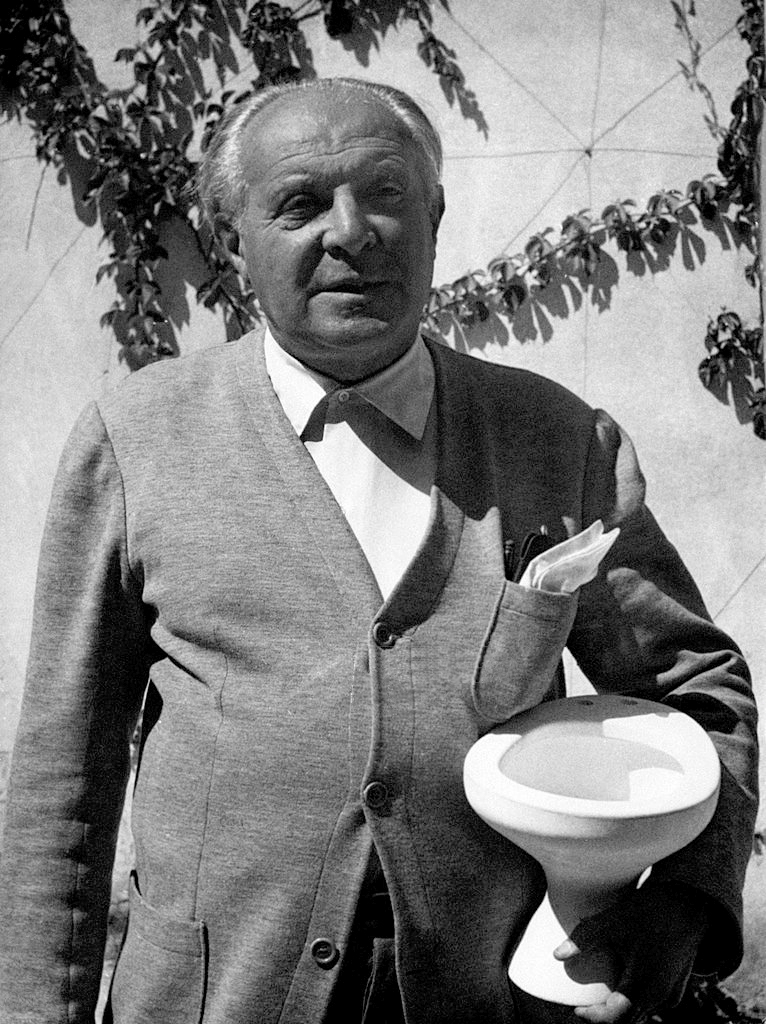
Gio Ponti—an architect, designer, and educator from Italy—was a significant figure in 20th-century design. Born in Milan in 1891 – Ponti’s career spanned six decades and left a lasting impact on the world of architecture and design. He designed over a hundred buildings worldwide and created numerous decorative art and design objects and furniture pieces. His influence extended through his role as the founder and editor of Domus magazine and his involvement in exhibitions like the Milan Triennial.
Ponti’s iconic works include the Pirelli Tower in Milan – the Villa Planchart in Caracas, and the Superleggera chair produced by Cassina in 1957. He also contributed to the establishment of the Compasso d’Oro Design Award. Ponti passed away in 1979—leaving a profound legacy in Italian design and architecture in Italy.
Peter Behrens
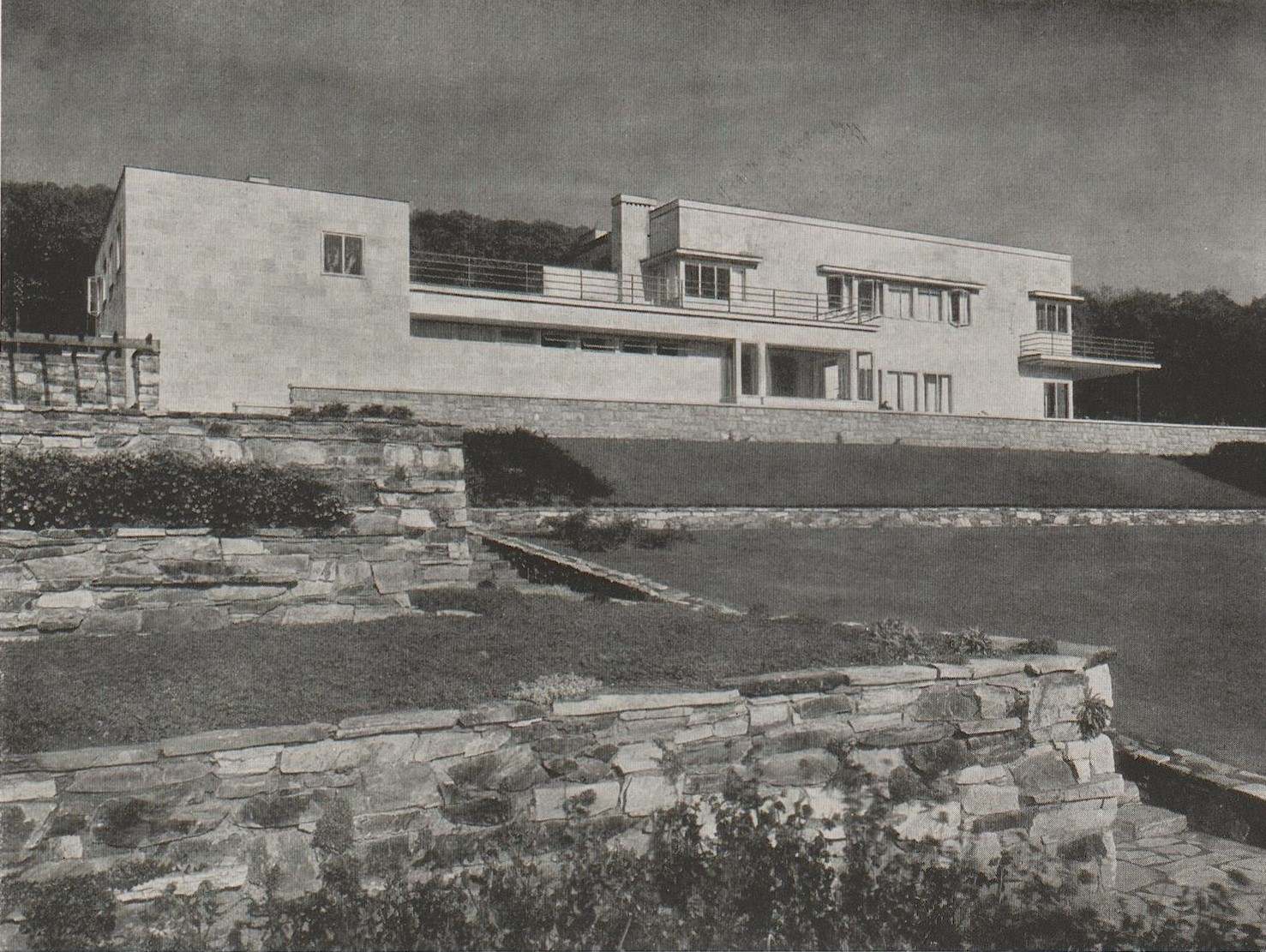
Peter Behrens (1868-1940) was a pioneering figure in modern design. Often hailed as the first industrial designer, he left an indelible mark on architecture, furniture, and graphic design. Beginning his career as a painter, he transitioned to architecture and contributed to the Darmstadt Artists’ Colony and many paintings. As a founding member of the German Werkbund, he played a pivotal role in shaping modern design.
His work for AEG—including factories, offices, and the corporate identity—is legendary. Classical influences persisted in his designs—such as the Imperial German Embassy in St Petersburg. His legacy includes significant projects like the Villa Lewin and the Austrian State Tobacco Administration block— contributing to the evolution of modernism design in the early 20th century.
Marcel Breuer
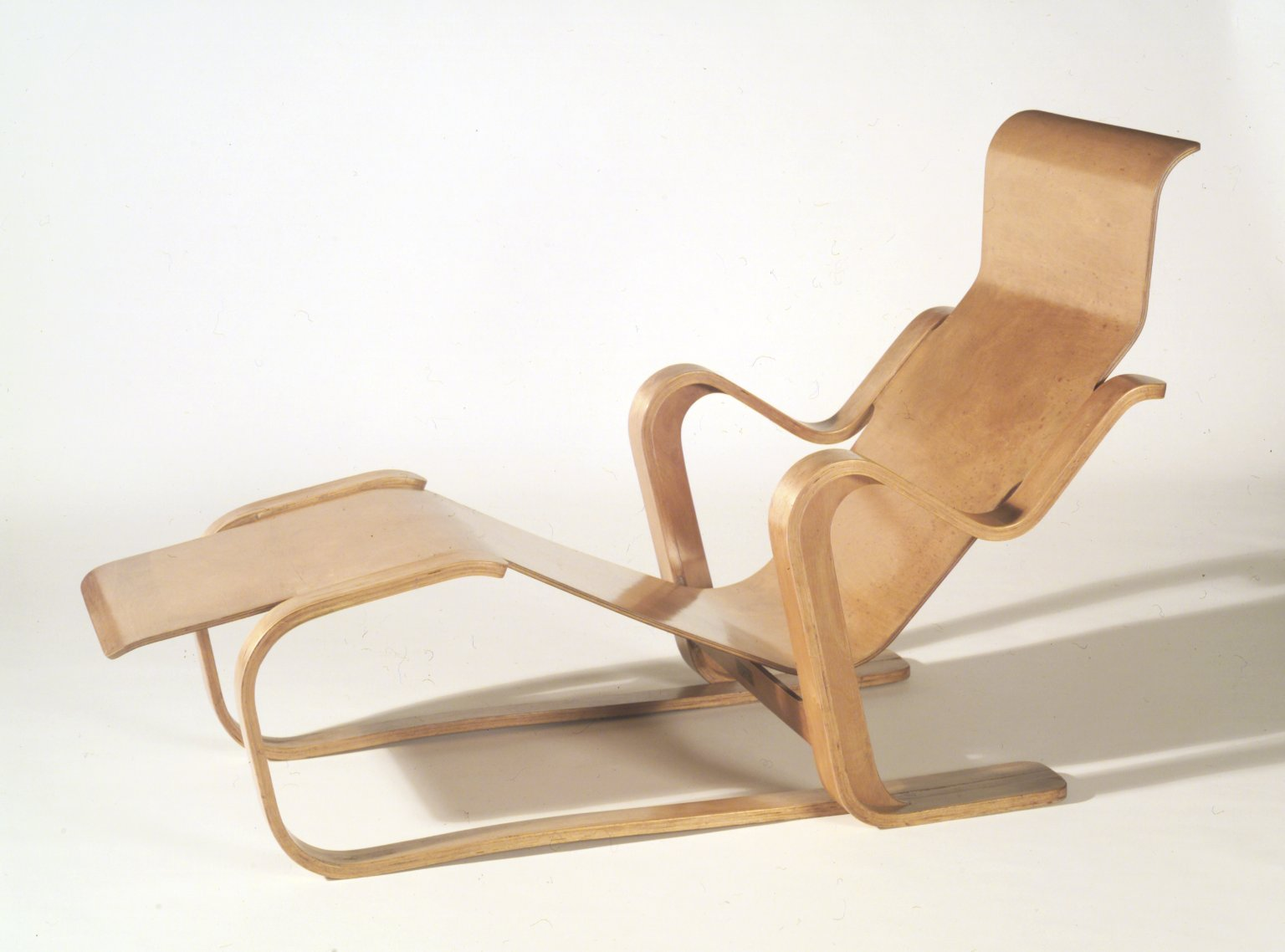
Marcel Breuer (1902-1981) was a prominent Hungarian-American designer, sculptor, and architect. He rapidly progressed from being a Bauhaus student to a teacher and, later, the head of his own firm. His career extended over a wide range of design—from small utensils to colossal buildings and magnificent sculptures.
Breuer’s most renowned contributions are his iconic dining chairs and their designs. He often collaborated with other designers and established a successful global practice—solidifying his status as a leading architect of the modern era. Breuer’s innovative approach led him to explore cutting-edge technologies and challenge conventional design norms—resulting in groundbreaking creations. His legacy includes both architectural and furniture design—marking his significant influence on modern design.
Zaha Hadid

Zaha Hadid (1950-2016) was an Iraqi-born British architect known for her radical deconstructivist designs. She studied in locations like Beirut and at London’s Architectural Design Association—where she co-operated with architects like Rem Koolhaas. In 1979, she founded Zaha Hadid Architects. Her designs were marked by fragmentation and movement.

Her notable works include the Lois & Richard Rosenthal Center for Contemporary Art in Cincinnati, the London Aquatics Centre for the Olympics 2012, and the MAXXI Museum in Rome. Despite facing controversy, her impact on the global design landscape was profound—earning her the Pritzker Architecture Prize—and her legacy continues through her firm’s completed projects.
Common Themes and Practices Among the Designers
While each of these designers had their unique style and approach, several common themes, materials, and techniques often appeared in their work. These shared principles include:
Innovation
These designers consistently pushed the boundaries of traditional design—introducing innovative materials and construction methods.
Minimalism
Many of these architects embraced a minimalist aesthetic—focusing on clean lines and simplicity in both their architectural and furniture designs.
Functionality
Function was at the forefront of their designs—ensuring that their creations were not only visually appealing but also practical.
Natural Forms and Natural Materials
Several designers—like Frank Lloyd Wright and Alvar Aalto—drew inspiration from nature—incorporating organic forms and materials into their work.
Interdisciplinary Collaboration
Many of these designers collaborated with artists, craftsmen, and other designers to achieve their visions—emphasizing the importance of teamwork in design.
Modern-Day Implications
The legacy of these multifaceted professionals extends beyond the pages of history and just their collections. Today’s designers and architects can learn valuable lessons from their interdisciplinary approach. The key takeaways include:
Holistic Design
The importance of considering the interior, furniture, and architecture as a unified whole in the design process and site aesthetics is clear.
Innovation
These designers encourage today’s creatives to think outside the box and push boundaries to create truly unique and groundbreaking designs.
Material Exploration
Their commitment to exploring and experimenting with materials to achieve new and exciting results set such creators apart.
Functional Aesthetics
Balancing aesthetics with functionality to create spaces and object collections that are not only visually pleasing but also serve a purpose was key.
Interdisciplinary Education
They understood the value of interdisciplinary education and training—which equips designers with a broad skill set to tackle complex design challenges.
Is Your Artistic or Design Practice Multidisciplinary?
These twelve furniture and interior designers who were also influential architects have left an indelible mark on the world of design. Their ability to seamlessly blend architecture, interior design, and furniture design has given rise to some of the most iconic and influential works in the field like the Frank Lloyd Wright furniture and the Alvar Aalto Museum. As we reflect on their contributions, we’re inspired to continue breaking down the boundaries between design disciplines.
In the modern design world, multidisciplinary practices are more important than ever. The seamless integration of architecture, interior design, and furniture design can result in spaces that are not only aesthetically pleasing but also highly functional and innovative.
We encourage you to share your thoughts on the blurring of design boundaries and whether your own artistic or design practice is multidisciplinary. The possibilities are endless when we embrace the holistic approach that these twelve designers exemplify, and we look forward to seeing how the next generation of designers will continue to redefine the world of design.
By Anila Hasnain.








